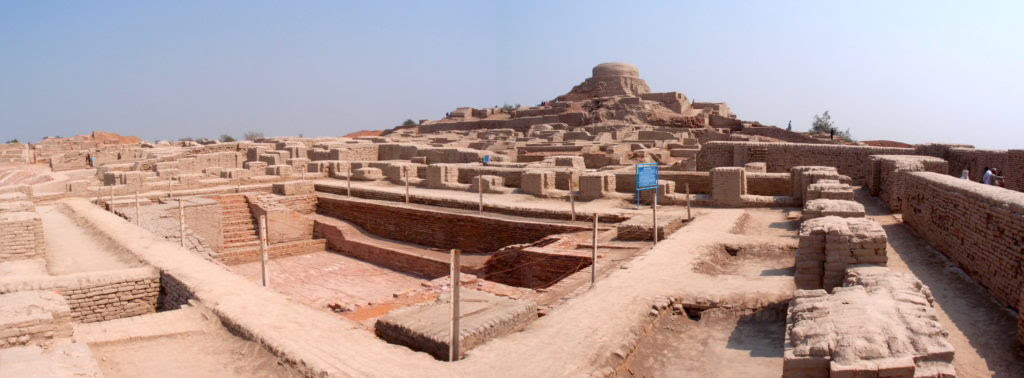
The Indian Civillization
History

817 views
0 likes
You will need to sign in before you can comment or like.
A civilisation is defined as a society with a set of beliefs, values, rules of behaviour, and a social system based on hierarchy and division. The Indian civilisation is a rich and composite civilisation whose roots go back to the prehistoric times. The history of the Indian civilisation begins with the Indus Valley Civilisation, a sophisticated city-based culture, which flourished during 2500-1900 BCE (Before Common Era). The people of this culture cultivated grains, such as wheat, barley, millet, and produced textiles. They spoke a language and used a script, which has not been deciphered yet. Harappa and Mohenjo-Daro were the two most important cities of this period.
A few centuries after the decline of the Indus Civilisation, the Aryans arrived in the Indus region. With them came the Vedas and its language, Sanskrit. Vedas are the collection of hymns composed in praise of Aryan gods, which were transmitted orally from one generation to another for several centuries before they were written down. The four Vedas (Rig Veda, Sam Veda, Yajur Veda, and Atharva Veda) and the commentaries on them represent one of the finest examples of philosophical, literary, and technical or scientific creativity in Indian history. Present-day Hinduism has its origins in the Vedas. The Aryans also introduced the caste (Varna) system in the Indian society.
Originally, there were four castes (Brahman, Kshatriya, Vaishya, and Shudra), but, later, the society evolved and several new castes or sub-castes (jatis) were added to the caste system. In the Vedic culture, scholars and philosophers had the freedom to debate and question the ideas and conceptions of god and the rites and rituals associated with the religion. Many of them were critical of animal sacrifice and rituals, which were main aspects of religion in the early Vedic period. It was out of this tradition that Buddhism and Jainism emerged as the new religions in the 6th century BCE. The followers of Buddhism and Jainism did not believe in the Vedic sacrifice or rituals, rejected the caste system and practiced non-violence. In response to the growing popularity of Buddhism and Jainism, the Vedic religion (Brahmanism) itself underwent a major transformation. The essence of the Vedic religion changed from sacrifice to devotion to a supreme deity. Vishnu and Shiva became the most important deities and Vedic Brahmanism transformed into devotional Hinduism. These and many other transformations in the religions and societies in the classical period (2nd century BCE to 10th century CE) made the Indian Civilisation one of the richest and most dynamic civilisations in the world.
Comments